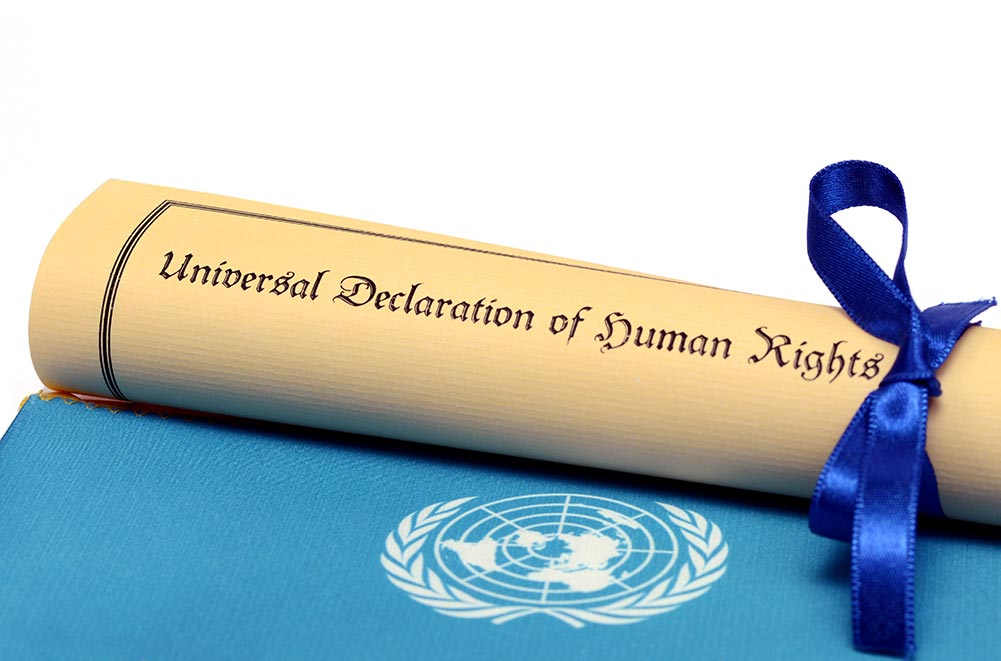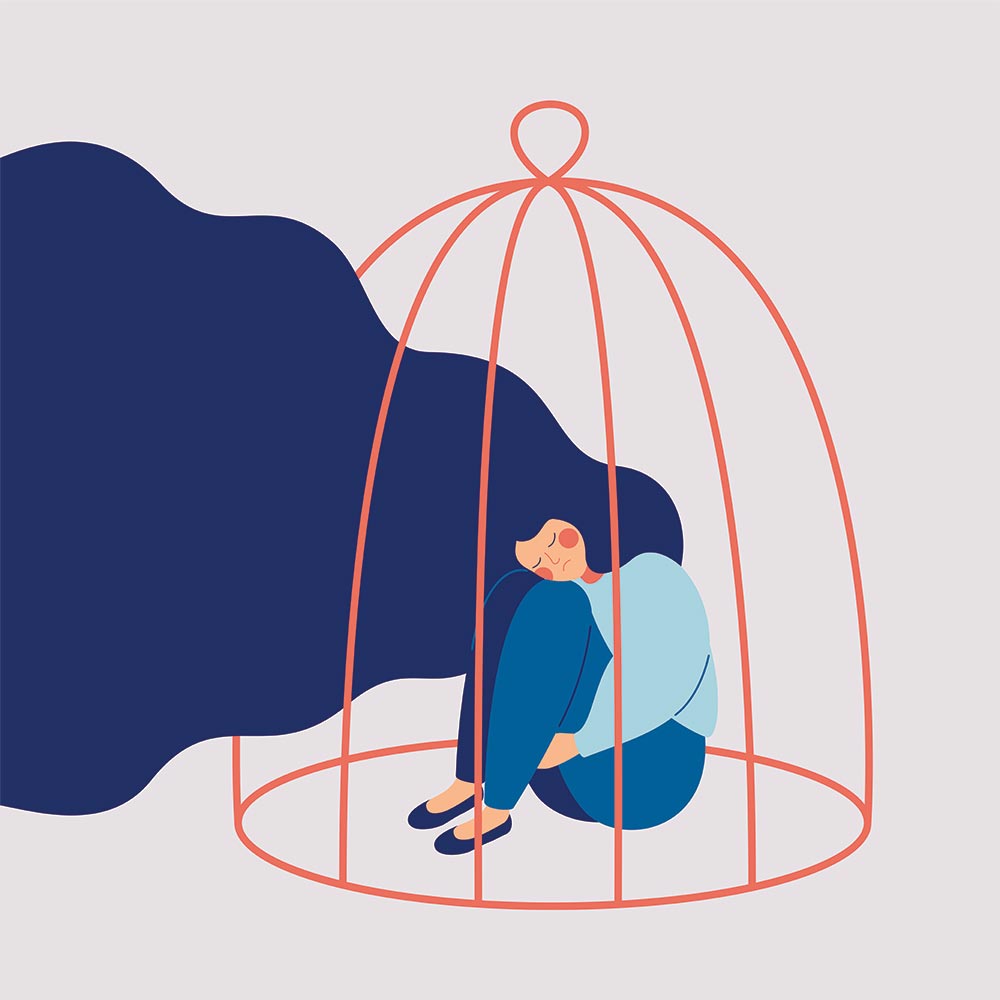The fact that mental health issues are on the rise across the globe, is well known. But what do we know specifically about the state of mental healthcare in India?
According to a 2017 World Health Organization (WHO) report, an estimated 20 per cent of Indians may be suffering from depression. A 2016 study by the National Institute of Mental Health and Neuroscience (NIMHANS), on the other hand, says that around 14 per cent of Indians have mental health disorders, with about 10 per cent requiring immediate medical intervention. However, only 10 to 12 per cent of the people in India are able to actually seek the medical care and support they deserve.
Lack of awareness, the stigma around mental health, and a lack of accessible and sufficient professional resources are the leading reasons why people in India are unable to get the mental health care they deserve. But the fact remains that whether they suffer from short-term mental health issues, or ones that are long-term, people with these issues face many human rights violations. From higher rates of imprisonment and homelessness to social exclusion and lack of treatment, the problems faced by this increasingly significant part of our population are many. Awareness about mental health rights can go some way in remedying the challenges faced. Here’s everything you should know.

Human Rights And Mental Health
A right is something you are entitled to, and human rights are those rights to which you are automatically entitled by the virtue of being a human being. These human rights are the birthrights of all human beings, no matter who he/she/they are. These human rights need not be earned or granted by someone in a place of authority: they are inalienable, universal, and yours from birth to death. They are meant to uphold your dignity no matter what your age, gender, ethnicity, or nation of origin. The link between these human rights and mental health rights has taken decades to develop.
It all started with the Universal Declaration of Human Rights (UDHR) by the United Nations General Assembly on December 10, 1948. In 1991, the UN made the link between mental health and human rights more concrete with the release of the Principles for the Protection of Persons with Mental Illness and the Improvement of Mental Health Care. It declared: “Every person with a mental illness shall have the right to exercise all civil, political, economic, social and cultural rights as recognized in the Universal Declaration of Human Rights, the International Covenant on Economic, Social and Cultural Rights, the International Covenant on Civil and Political Rights, and in other relevant instruments, such as the Declaration on the Rights of Disabled Persons and the Body of Principles for the Protection of All Persons under Any Form of Detention or Imprisonment.”
In 2006, making this link more inalienable, the UN adopted the Convention on the Rights of Persons with Disabilities (CRPD). The CRPD is committed “to promote, protect, and ensure the full and equal enjoyment of all human rights and fundamental freedoms by all persons with disabilities, and to promote respect for their inherent dignity.” This Convention specifies that “persons with disabilities include those who have long-term physical, mental, intellectual, or sensory impairments which in interaction with various barriers may hinder their full and effective participation in society on an equal basis with others.” However, the CRPD is not legally binding, despite the fact that it has been ratified by almost all the UN members, including India.

The Promise Of The Mental Healthcare Act of 2017
In India, the first bit of legislation that shed light on this issue was the Lunacy Act of 1858. As the name suggests, this act had a very narrow outlook towards mental health, and it’s no wonder that by the 1890s, it was heavily criticised for leading to wrongful confinement of people with mental illnesses in asylums. After independence, and especially after the UDHR, the focus of legislations increasingly shifted away from confinement, and on recovery and rehabilitation instead—at least on paper.
This shift was first presented in the Mental Healthcare Act of 1987, which came into force in 1993. A 2016 article in the Economic and Political Weekly, however, suggests that even though this Act was a huge improvement on the British colonial legislation, it had many gaping loopholes. For example, it grouped all sorts of mental illnesses together, asked for uniform standards in treatment and rehabilitation settings for all. This, obviously, is not practically or medically possible, as neither all mental health issues nor the people suffering from them are homogenous.
A major paradigm shift came when India ratified the CRPD in 2007, and the Mental Healthcare Bill was introduced in the Rajya Sabha in 2013. The Bill is now adopted across the country as the Mental Healthcare Act of 2017. According to a study published in the International Journal of Applied & Basic Medical Research in 2018, the new Act defines mental illness as “a substantial disorder of thinking, mood, perception, orientation, or memory that grossly impairs judgement or ability to meet the ordinary demands of life, mental conditions associated with the abuse of alcohol and drugs.”
The Act has been hailed because it decriminalises attempted suicide by a mentally ill person, and also assures that the rights of a person with mental illness will be protected by law. This will not only give people the confidence to access mental healthcare, but might also lessen the risk of illegal confinement, property disputes, and other related issues. This Act recognises the following rights of a person with mental illness:
• Right to community living
• Right to live with dignity
• Protection from cruel, inhuman, or degrading treatment
• Treatment equal to persons with physical illness
• Right to relevant information concerning treatment, other rights and recourses
• Right to confidentiality
• Right to access their basic medical records
• Right to personal contacts and communication
• Right to legal aid
• Recourse against deficiencies in provision of care, treatment, and services
Despite these provisions, the Act has some flaws. For example, it does not clarify where the expenditure required to meet the obligations under the law will come from. It does not clear how funds are to be allocated between central and state governments. Most importantly, it still leaves the issue of supported admission (when a patient is admitted into an institution by a relative) and involuntary care a little vague.

Recent Concerns About Women’s Rights
More recently, concerns regarding the rights of women with mental health issues, admitted in institutions, has come up. The Supreme Court recently expressed concerns regarding the state of these women, after advocate Gaurav Bansal filed an interlocutory application highlighting the fact that these women were facing problems like lack of sanitary napkins, lack of privacy, forceful tonsuring of the head, lack of issuance of identity cards (like the Aadhar Card), lack of issuance of disability certificates, and the lack of issuance of a disability pension. Bansal’s application also pointed out that as there are no separate wards for mothers with children in several government-run institutions, these women are being separated from their children, which is inhumane.
Given the fact that new studies have come to light in recent years to point to the fact that women are more prone to a number of mental health illnesses, like anxiety and depression, these violations of women’s rights need to be addressed at the soonest. With the COVID-19 pandemic, the need to address these issues has become even more urgent, especially since vaccination drives must also ensure that anybody institutionalised for mental health illnesses must receive all doses at the earliest possible date. Add to this the fact that the pandemic has exacerbated mental health issues across the nation, and the urgent need to address all the issues with the Mental Healthcare Act of 2017 has become even more crucial.